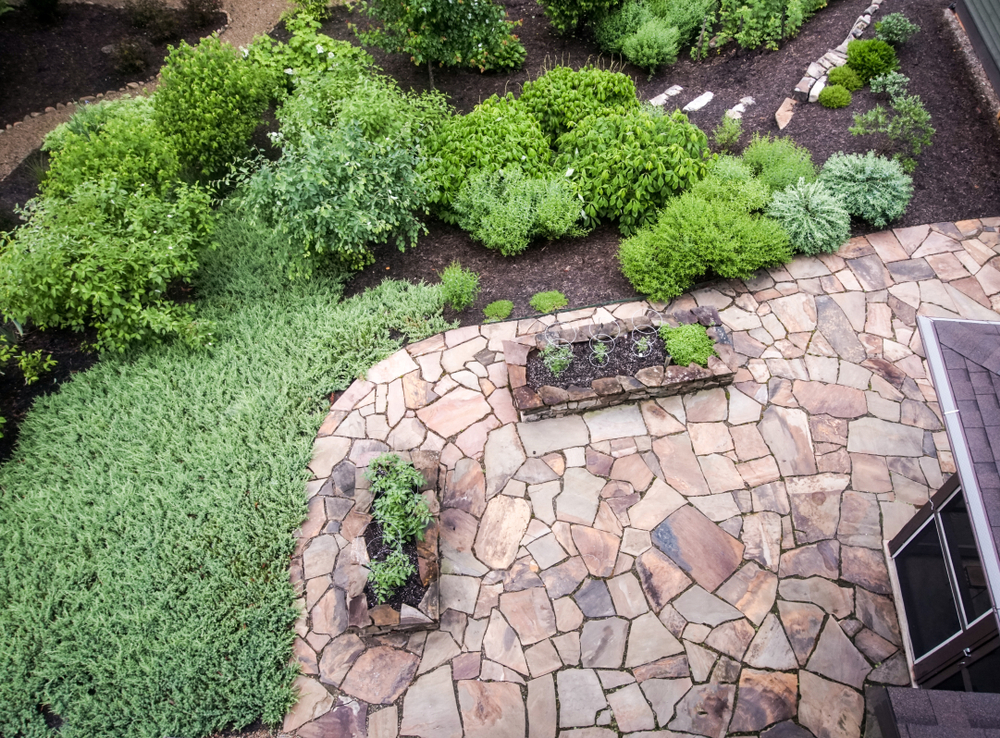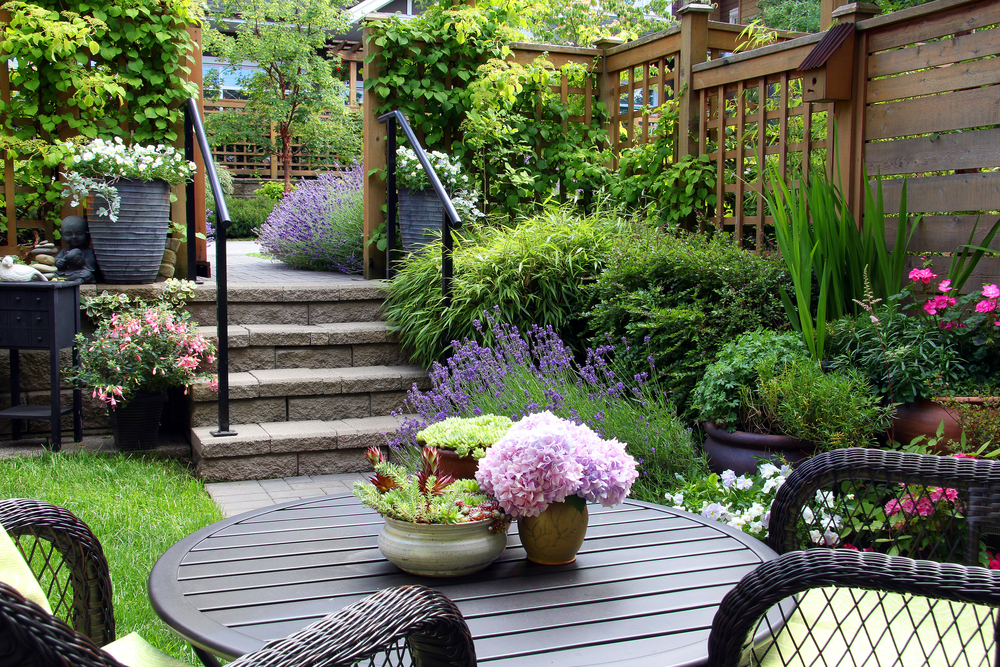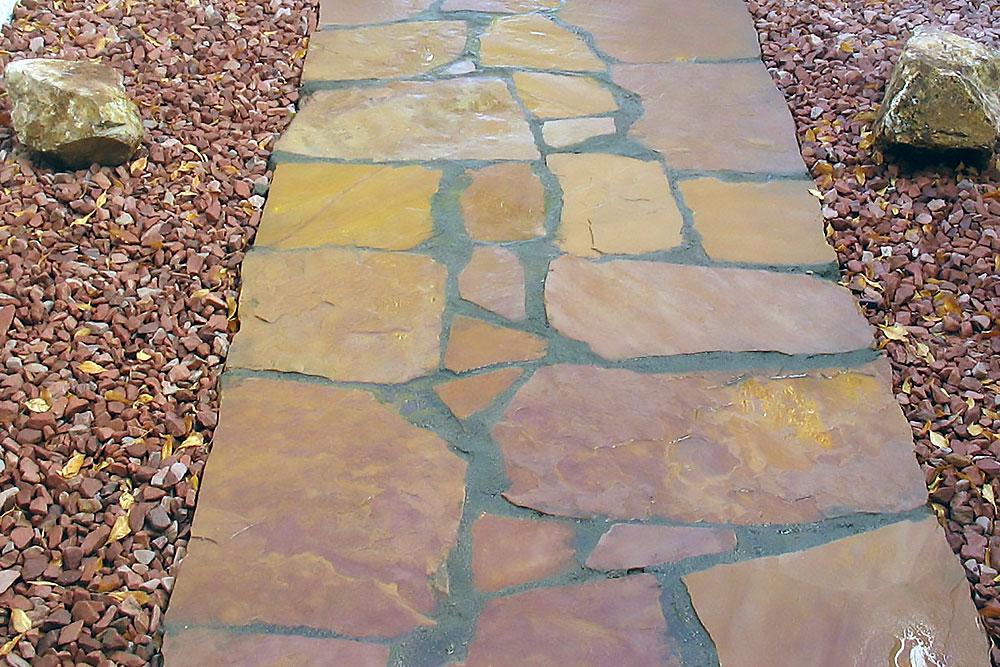What Types of Flagstone Should I Use?
Using flagstone to enhance the appearance of gardens, walkways or a terrace is a fantastic way to add curb appeal and style to your home. There are several types of flagstone that are perfect for helping you create the design you want with the texture and stone size that works best for the space you’re using. Here are three types of flagstone to consider before starting your outdoor project.
Types of Flagstone: Slate
Slate is great for adding depth that can either blend or contrast with its natural surroundings. Beautiful hues of green, copper and silver-gray accent areas bordered with grass, gravel or pavement. The common thickness for slate is .75-inches, but 1-inch is optimal for walkways or patio areas. Softer than sandstone, slate should be sealed to increase its durability and prevent efflorescence. Smaller pieces of slate can be easily found while larger sizes are limited in supply.
Sandstone
Sandstone is a popular flagstone choice for its rich texture and natural beige, red, pink and gold tones. This stone is porous, so it’s best to seal it to avoiding staining and reduce damage from repeated freezing and thawing. Thickness is generally 1.25-inches to 2-inches with a variety of slab sizes that range from a few inches to several feet.
Limestone
For humid and hot climates, limestone works incredibly well. Colors for this stone vary from black to beige and yellow to gray in thicknesses from under an inch to 2.25-inches. Limestone is heavier, making it more durable and weather-resistant though it can be damaged by acid. You can find a number of stone sizes with a more rustic or polished look, depending on the effect you want to create. Beautiful landscape rocks in Las Vegas are available to help you design the perfect outdoor oasis.





